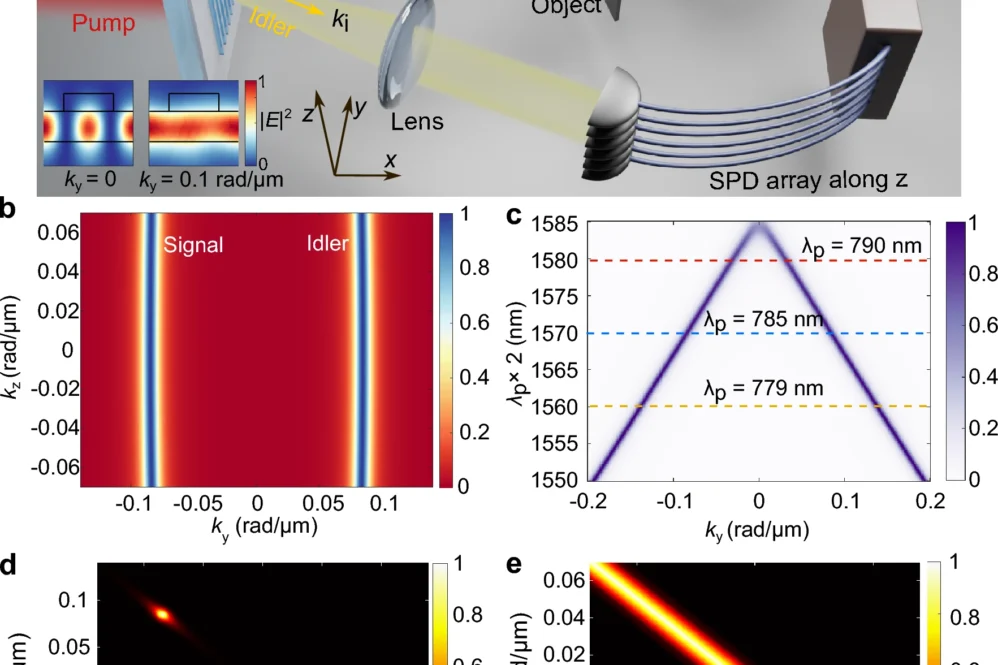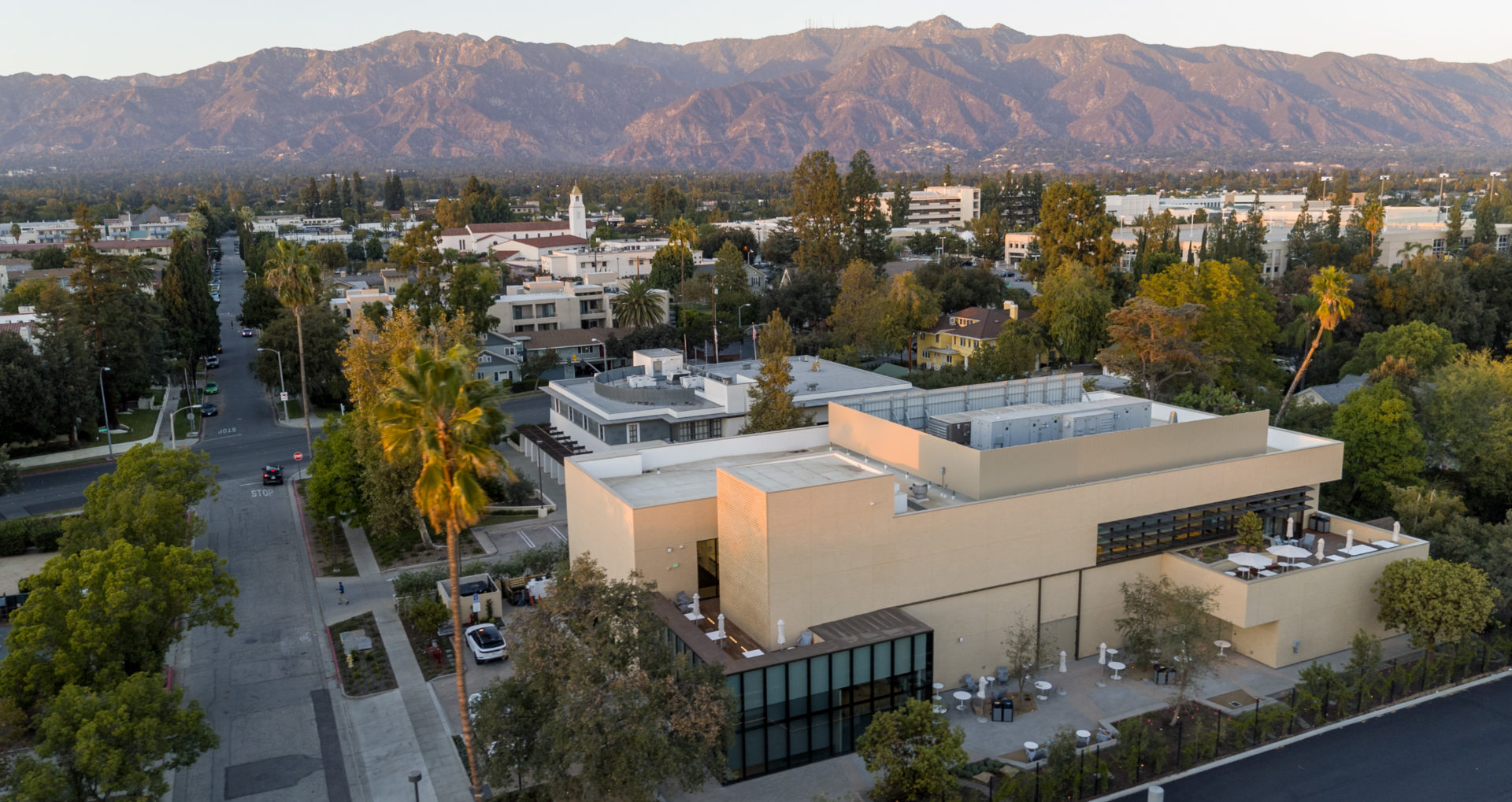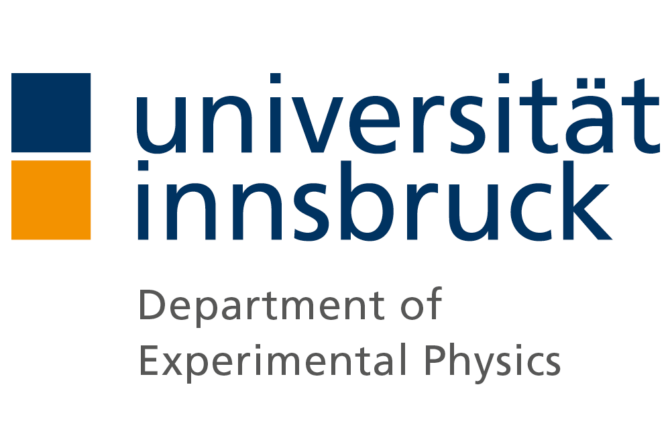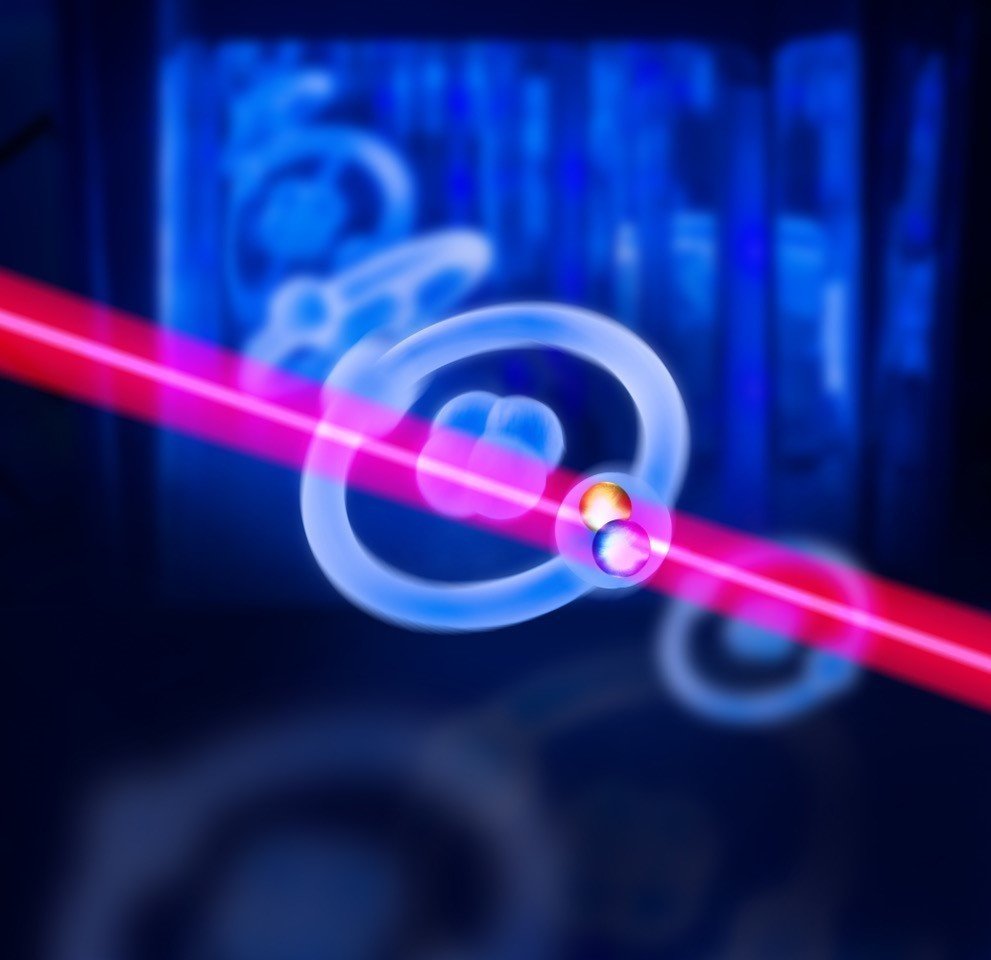Scientists from the ARC Centre of Excellence for Transformative Meta-Optical Systems (TMOS) at Australian National University and the University of Melbourne have achieved a significant breakthrough in quantum imaging technology. Their innovative approach uses an ultra-thin nonlinear metasurface to generate spatially entangled photon pairs, marking a major advancement in the field of quantum optics and imaging.
The research addresses critical limitations in traditional quantum imaging systems, which rely on bulky nonlinear crystals. These conventional systems are hampered by size constraints, narrow angular emission, and limited field of view. The team’s solution involves a nanoscale silica meta-grating integrated with a thin lithium niobate film, creating a compact and efficient platform for generating entangled photon pairs.
The system’s primary innovation lies in its ability to manipulate photon emission angles through optical means, eliminating the need for mechanical scanning. By simply adjusting the pump beam’s wavelength, the system achieves precise optical scanning in one dimension while maintaining broad anti-correlated photon emissions in the other. This breakthrough enables seamless two-dimensional object reconstruction using a combination of ghost imaging and optical scanning. The experimental setup employs a simple one-dimensional detector array in the idler path and a bucket detector in the signal path, significantly reducing hardware requirements compared to traditional systems. The researchers successfully demonstrated the system’s capability by reconstructing two-dimensional objects at infrared wavelengths.
The metasurface-based imaging system shows remarkable improvement over conventional quantum ghost imaging setups, with the number of resolution cells exceeding traditional systems by more than four orders of magnitude. This exceptional performance is attributed to the absence of longitudinal phase-matching constraints, which typically limit the field of view in conventional bulk crystals.
The technology’s compact design and tunability make it particularly suitable for free-space applications where size, stability, and scalability are crucial factors. The system shows promise for applications in free-space quantum communication, object tracking, advanced sensing systems, quantum LiDAR, and secure communication networks. The research team is currently working on enhancing the photon pair generation efficiency of metasurfaces by investigating new materials with higher nonlinear coefficients and optimizing metasurface design for triple resonances at pump, signal, and idler wavelengths. These improvements could potentially achieve photon-pair generation rates that match or exceed those of conventional bulky systems.
This breakthrough represents a crucial milestone in quantum optics and demonstrates the transformative potential of metasurface-based technologies. By replacing traditional bulky optical components with scalable, ultra-thin structures, the research opens new possibilities for quantum imaging and sensing devices that are more compact, efficient, and adaptable than existing solutions. The research team’s achievement not only advances the field of quantum imaging but also provides a versatile platform for various quantum applications. The combination of optical tunability, nanoscale integration, and high-resolution imaging capabilities positions this technology as a cornerstone for future developments in quantum technologies.
Reference: “Quantum imaging using spatially entangled photon pairs from a nonlinear metasurface” by Jinyong Ma, Jinliang Ren, Jihua Zhang, Jiajun Meng, Caitlin McManus-Barrett, Kenneth B. Crozier and Andrey A. Sukhorukov, 10 February 2025, eLight. DOI: 10.1186/s43593-024-00080-8




